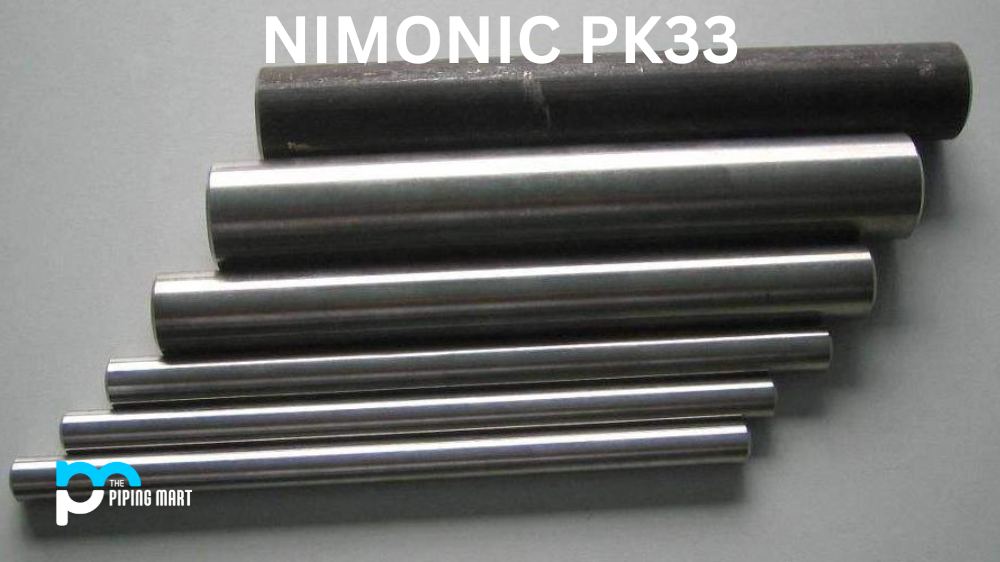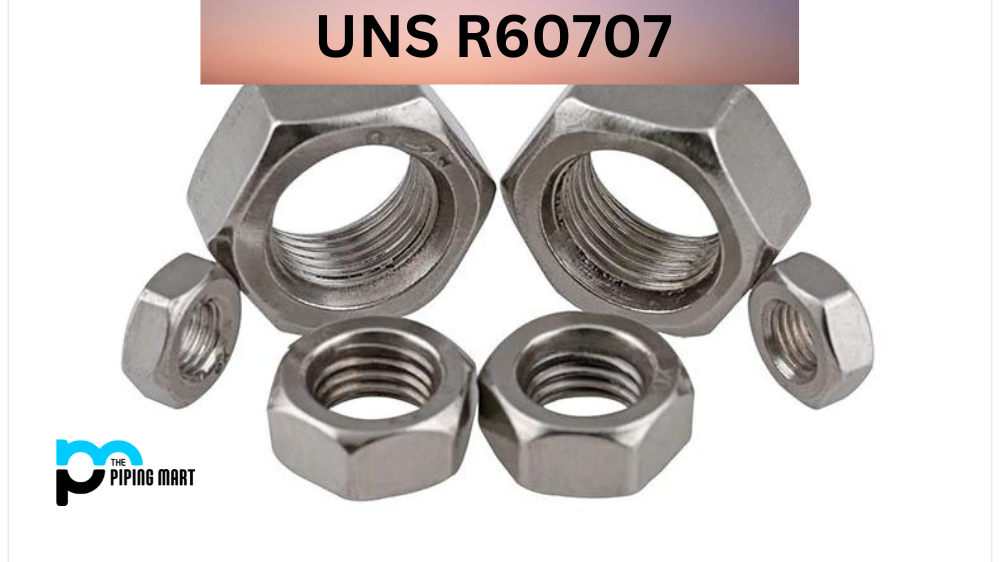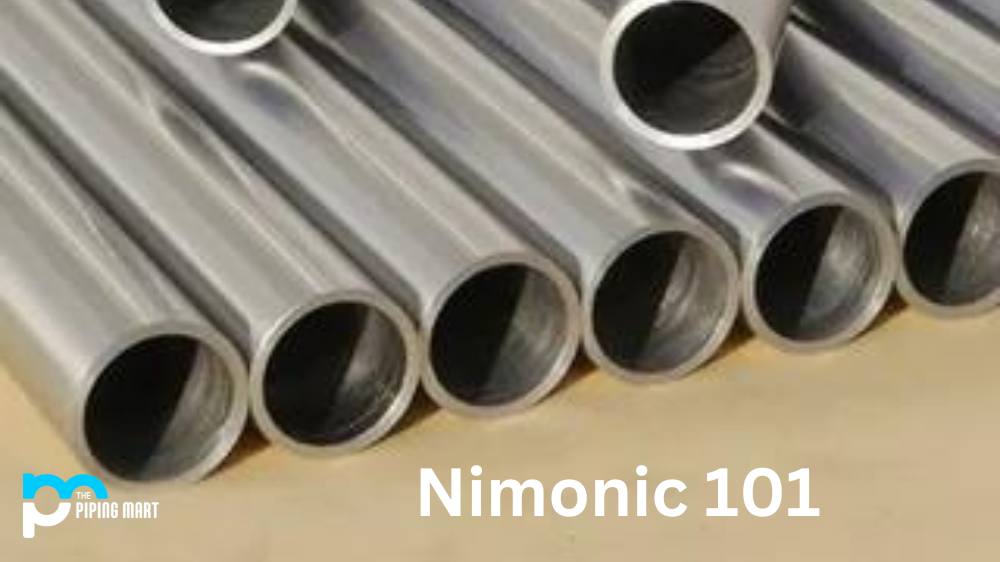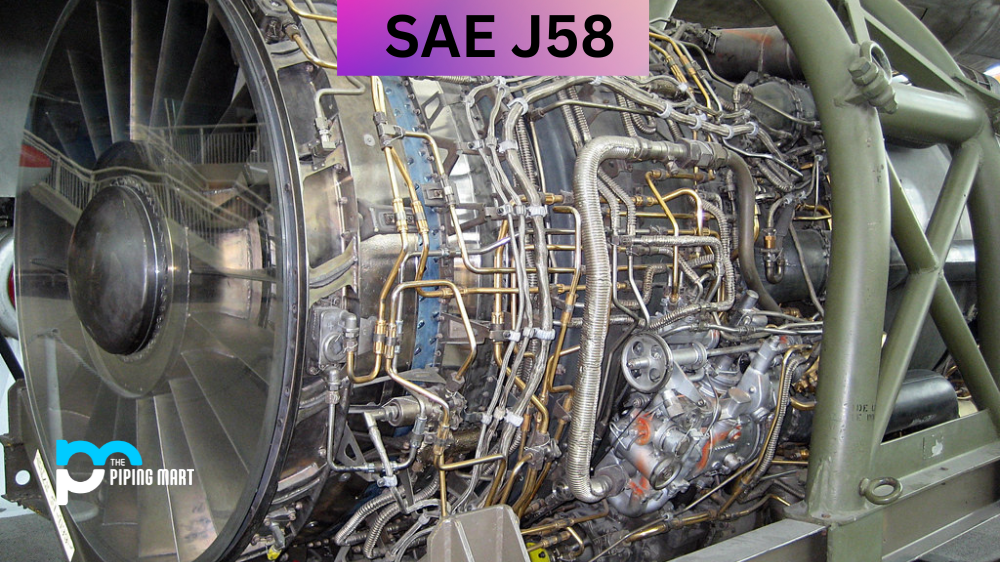If you’re in the world of metallurgy, you may have heard of NIMONIC PK33, a nickel-based alloy popular in the aerospace and power generation industries. But what is this alloy, and why is it so highly regarded? In this blog post, we’ll dive into everything you need to know about NIMONIC PK33, from its composition and physical properties to its uses, heat treatment, and more. So let’s get started!
NIMONIC PK33 Composition
NIMONIC PK33 is a nickel-based alloy containing iron, chromium and aluminium. The unique combination of these elements gives PK33 its superb strength and durability. In addition, it also has good resistance to oxidation and high-temperature corrosion.
| Element | Content (%) |
|---|---|
| Nickel, Ni | 54 |
| Chromium, Cr | 16.0-20.0 |
| Cobalt, Co | 12.0-16.0 |
| Molybdenum, Mo | 5.0-9.0 |
| Aluminum, Al | 1.70-2.50 |
| Titanium, Ti | 1.50-3.0 |
| Iron, Fe | 1.0 |
| Silicon, Si | 0.50 |
| Manganese, Mn | 0.50 |
| Copper, Cu | 0.20 |
| Carbon, C | 0.070 |
| Zirconium, Zr | 0.060 |
| Sulfur, S | 0.015 |
| Boron, B | 0.0050 |
NIMONIC PK33 Physical Properties
NIMONIC PK33 has a melting point of 1400°C (2550°F). This makes it ideal for use in extreme temperatures as it can operate safely at very high temperatures. It also has a density of 8.32 g/cm³, making it a relatively lightweight material.
| Properties | Metric | Imperial |
|---|---|---|
| Density | 8.21 g/cc | 0.297 lb/in³ |
| Melting point | 1327°C | 2420°F |
NIMONIC PK33 Mechanical Properties
One of the main reasons why NIMONIC PK33 is so prevalent in the aerospace and power generation industries is its excellent mechanical properties. It has a tensile strength of 1075 MPa and a yield strength of 625 MPa, making it incredibly strong and resistant to deformation. It also has good ductility, which means it can withstand high-stress levels without cracking.
| Properties | Metric | Imperial |
|---|---|---|
| Tensile strength (precipitation hardened, value at room temperature) | 1150 MPa | 167000 psi |
| Yield strength (@strain 0.200%, precipitation hardened, value at room temperature) | 750 MPa | 109000 psi |
| Elongation at break (precipitation hardened) | 30% | 30% |
NIMONIC PK33 Thermal Properties
| Properties | Metric | Imperial |
|---|---|---|
| Thermal expansion co-efficient (@20-100°C/68-212°F) | 12.1 µm/m°C | 6.72 µin/in°F |
| Thermal conductivity | 11.3 W/mK | 78.4 BTU in/hr.ft².°F |
NIMONIC PK33 Uses
NIMONIC PK33 is primarily used in the aerospace and power generation industries. Its high-temperature resistance makes it ideal for use in aircraft engines, gas turbines, and other high-performance applications that require materials that can withstand extreme conditions. It can also be used in chemical processing plants and harsh environments where corrosion resistance is critical.
NIMONIC PK33 Heat Treatment
NIMONIC PK33 can be heat-treated using various techniques, including solution annealing and ageing. Solution annealing involves heating the alloy to a high temperature and then cooling it rapidly to improve its strength and ductility. Ageing consists of heating the alloy to a lower temperature and holding it there for an extended period to allow the alloying elements to form precipitates, further improving its strength.
NIMONIC PK33 Welding
NIMONIC PK33 can be welded using various techniques, including gas tungsten arc welding (GTAW) and gas metal arc welding (GMAW). However, welding can be challenging as the alloy can be prone to cracking due to its high chromium content. Special care must be taken when welding to reduce the risk of cracking and ensure a secure, reliable weld.
NIMONIC PK33 Corrosion Resistance
NIMONIC PK33 is known for its excellent corrosion resistance, particularly in high-temperature and harsh environments. It has good resistance to oxidation, sulfidation, and other forms of corrosion, making it ideal for use in applications where corrosion resistance is critical. However, like all alloys, PK33 can still corrode if not correctly maintained.
Conclusion:
In conclusion, NIMONIC PK33 is a nickel-based alloy known for its excellent strength, high temperature, and corrosion resistance. Its unique combination of elements makes it an ideal material for use in the aerospace and power generation industries and other applications where extreme conditions are present. If you’re working with or considering using NIMONIC PK33, consider its heat treatment, welding, and corrosion resistance properties, and follow best practices to ensure it performs as expected.




